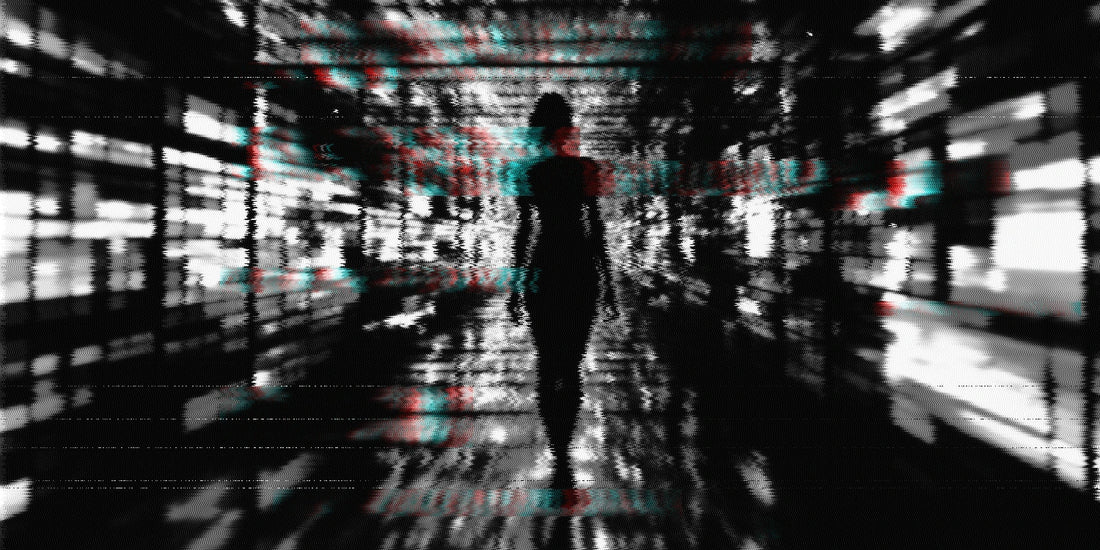The Evolution of Cyberpunk Music: From 80s Synth to Modern Dystopia

Cyberpunk music is as much about atmosphere as it is about sound. It conjures up images of neon-lit streets, towering skyscrapers, and a world where humans are deeply entangled with machines. Like the literary and cinematic works that shaped the genre, cyberpunk music has evolved dramatically since its inception in the 1980s. From synth-heavy melodies to industrial beats, glitchy distortions, and ambient soundscapes, cyberpunk music embodies the sounds of rebellion and technological decay.
The Birth of Cyberpunk: 80s Synthwave and Early Influences
The 1980s marked the emergence of cyberpunk music, inspired by the rise of cyberpunk literature and a fascination with futuristic technology. Pioneering works like William Gibson’s Neuromancer influenced musicians to experiment with electronic sounds that mirrored the visions of dystopian worlds. Synthwave, characterized by its retro-futuristic aesthetic, became closely tied to cyberpunk during this era.
Key Influences
- Vangelis: The Blade Runner soundtrack (1982) set the gold standard for cyberpunk music with its lush synth tones and haunting melodies.
- Tangerine Dream and John Carpenter: Their spacey atmospheres and moody synths captured the allure of futuristic technology.
This era’s soundscapes reflected a future that was simultaneously shiny and dystopian, embodying both the promise and peril of technological advancement.
Industrial Music and the Sound of Rebellion
As cyberpunk evolved in the late 80s, its music took on a harder, grittier edge. Industrial music, with its abrasive, mechanical sounds, became a defining feature of the genre. Bands like Nine Inch Nails, Skinny Puppy, and Front 242 reflected the darker themes of rebellion, decay, and the dehumanizing effects of technology.
Characteristics of Industrial Cyberpunk Music
- Distorted vocals and heavy drum machines.
- Grinding guitars and mechanical rhythms.
- Themes of resistance against oppressive systems.
This shift represented a more confrontational side of cyberpunk, moving away from the sleek synths of its early days to a sound that mirrored the harsh realities of a world dominated by machines.
The 90s: Techno and Cyberpunk’s Club Scene
The 1990s brought techno and electronic music into the cyberpunk fold, blending the genre’s dystopian themes with pulsating beats suited for underground clubs and raves. Movies like The Matrix (1999) married cyberpunk narratives with techno’s hypnotic rhythms, creating a perfect synergy between music and aesthetic.
Notable Developments
- Techno pioneers: Artists like Derrick May and Jeff Mills crafted futuristic, otherworldly beats that resonated with cyberpunk themes.
- Glitch elements: Early experimentation with distorted, glitchy sounds mirrored the rise of digital culture and the blurring of reality and virtuality.
This era reflected the growing global connectivity of the internet age, where technology became both a unifying force and a source of unease.
The 2000s and Beyond: Glitch, Dark Ambient, and Dystopian Soundscapes
In the 2000s, cyberpunk music became increasingly fragmented and experimental, with new subgenres pushing its boundaries. Glitch music, dark ambient, and noise emerged as defining elements of modern cyberpunk soundscapes.
Key Subgenres
- Glitch: Artists like Autechre and Aphex Twin used distorted, malfunctioning sounds to evoke digital decay.
- Dark ambient: Lustmord and Carbon Based Lifeforms created immersive atmospheres that mirrored the introspective, philosophical side of cyberpunk.
These experimental styles captured the anxieties of the digital age, where technology’s omnipresence raised existential questions about identity and autonomy.
Modern Cyberpunk: The Cyberpunk 2077 Phenomenon and Beyond
The release of Cyberpunk 2077 in 2020 marked a milestone in cyberpunk music. Its diverse soundtrack, featuring artists like Refused, Run the Jewels, and Grimes, showcased a blend of industrial, punk, electronic, and hip-hop influences.
Modern Cyberpunk Influences
- Dark synth: Artists like Perturbator and Carpenter Brut keep the retro-futurism of synthwave alive with an aggressive edge.
- Glitch and experimental: Modern glitch artists explore themes of digital decay, reflecting technology’s dual role as an escape and a prison.
Today, cyberpunk music continues to evolve, drawing from its rich history while innovating new sounds that resonate with the complexities of the 21st century.
Conclusion: The Sonic Journey of Cyberpunk
From the sleek synths of the 80s to the glitchy, dystopian soundscapes of today, cyberpunk music has always been a reflection of its core themes: a world where technology reigns supreme at the cost of humanity’s soul. As we move deeper into the digital age, cyberpunk music evolves alongside the genre itself, capturing the anxieties and hopes of a world inseparable from its machines.
Whether through the lush synths of a retro future or the dark, glitchy beats of a dystopian present, cyberpunk music continues to echo the ever-evolving relationship between man and machine.








